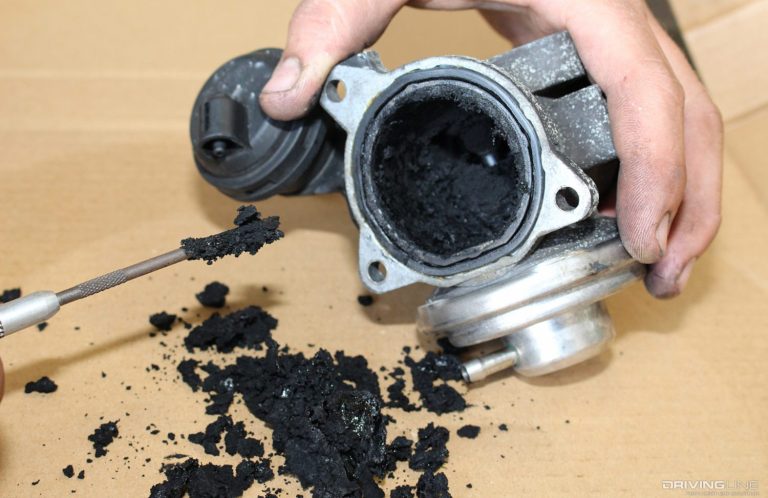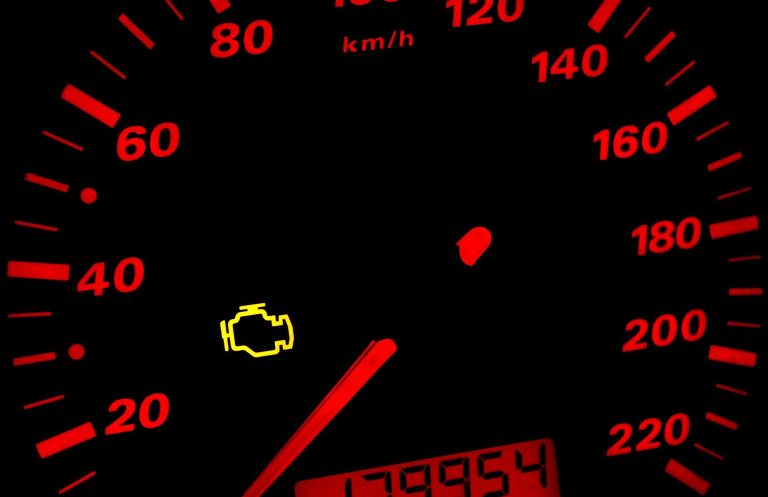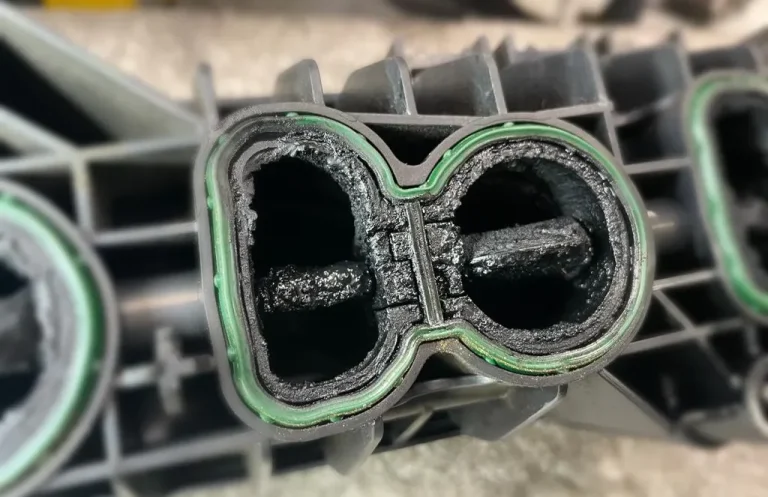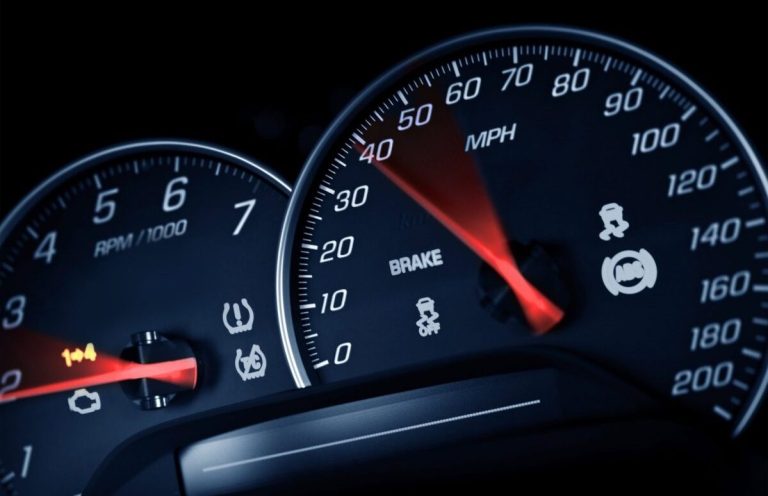What is a function delete?
A function delete in automotive tuning refers to the process of disabling or removing specific functions or components managed by the Engine Control Unit (ECU) to either improve performance or eliminate certain restrictions. This modification often aims to enhance vehicle efficiency, increase power, or resolve issues caused by faulty or restrictive components. By deleting functions like AdBlue systems, EGR valves, DPF filters, swirl flaps, DTC error codes, and speed limiters, technicians customise vehicle performance, sometimes for off-road or track use. However, function deletes can affect emissions compliance and may not be street-legal in some regions, making them suitable for specialised applications.

AdBlue
AdBlue delete removes the requirement for AdBlue fluid, which is used to reduce nitrogen oxide emissions in diesel vehicles. This is typically performed to avoid maintenance issues with the AdBlue system or when the vehicle operates in environments where emission regulations are not enforced.

EGR
An EGR (Exhaust Gas Recirculation) delete disables the EGR valve, which recirculates exhaust gases back into the engine to reduce emissions. Removing this function can improve engine efficiency and reduce carbon buildup, leading to better performance and longevity for the engine.

DPF
DPF (Diesel Particulate Filter) delete involves removing the filter designed to trap soot particles in diesel engines. Without the DPF, exhaust flow improves, which can boost power and efficiency, though it may also increase emissions, making it suitable primarily for off-road or track applications.

DTC
DTC (Diagnostic Trouble Code) delete removes error codes or warning lights from the ECU, particularly those related to modified or deleted components like DPF or EGR. This prevents recurring dashboard warnings after certain modifications, ensuring smoother operation without unnecessary alerts.

Swirl Flaps
Swirl flaps are used in intake manifolds to create better air-fuel mixing in the engine. Deleting them can reduce the risk of mechanical failure and improve airflow, enhancing performance for high-demand applications, especially in vehicles prone to swirl flap issues.

Speed Limiter
Removing a speed limiter lifts the preset maximum speed programmed into the ECU, allowing the vehicle to reach its full performance potential. This modification is popular for drivers using their vehicles on tracks or private roads, where speed limits are not a concern.
We need your consent to load the translations
We use a third-party service to translate the website content that may collect data about your activity. Please review the details in the privacy policy and accept the service to view the translations.